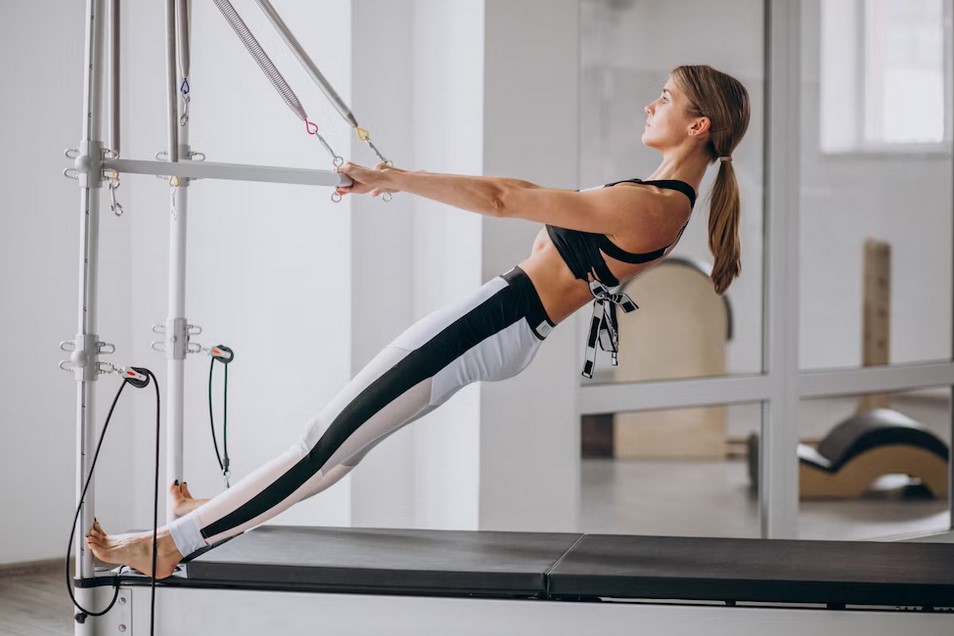Gymnastics is a highly athletic sport that requires immense strength, flexibility, balance, coordination, and mental focus. Proper training and conditioning are absolutely essential for gymnasts seeking to master complex skills, avoid injury, and achieve success in competition. This comprehensive article will provide an in-depth overview of the most important aspects of a complete gymnastics training program, including full-body conditioning, targeted flexibility exercises, core strength development, and more. With proper dedication, discipline, and daily practice, aspiring gymnasts can build the necessary physical attributes and mental skills to reach their full athletic potential in the sport.
Conditioning for Power and Endurance
Developing rigorous full-body conditioning should be a top priority for any gymnast striving for excellence. Gymnastics routines make intense demands on the body, requiring high levels of power, speed, agility, coordination, and cardiovascular stamina. A properly designed conditioning program incorporates diverse training modalities including cardiovascular exercise, plyometrics, calisthenics, and progressive strength training. Running long distances, cycling, jumping rope, and swimming laps help dramatically improve aerobic endurance. Plyometric exercises like box jumps, broad jumps, and medicine ball slams and throws build explosive fast-twitch power. Strength training with free weights, resistance bands, weight machines, and bodyweight exercises increases overall muscle strength and size. A well-balanced conditioning routine trains the body for the dynamic, high-intensity movement patterns and skills required in competitive gymnastics. Consistency over time is key – gymnasts should maintain a rigorous training regimen year-round in order to establish and preserve a strong athletic foundation. Proper recovery including nutrition, sleep, and rest days is also essential to support fitness gains. With dedication to comprehensive conditioning, gymnasts will make tremendous improvements in the power, speed, agility, and stamina needed to excel.
Enhancing Flexibility and Mobility
Exceptional whole-body flexibility is a trademark and necessity for skilled gymnasts. A dedicated flexibility training program should focus on improving range of motion and joint mobility especially in key areas like the shoulders, hips, back, and legs. Some of the most important flexibility exercises for gymnasts include standing and seated hamstring stretches, straddle stretches, butterfly stretches, shoulder stretches with a resistance band, back hyperextensions, and chest and hip flexor stretches. Each stretch should be held statically for 30-60 seconds and repeated for multiple sets. As flexibility gradually increases over months and years of training, gymnasts can deepen their stretches through more advanced techniques like passive and active stretching, oversplit and contortion training. Maintaining extraordinary flexibility requires consistent, daily stretching sessions in addition to thorough warm-up and cool-down stretching before and after practices and competitions. This comprehensive approach to flexibility training enables gymnasts to achieve full functional range of motion, execute skills with proper form, and reduce injury risk from pulls, tears and impact. Flexibility and mobility should never be neglected – it is a fundamental athletic attribute that must be developed alongside strength, power and endurance for gymnastics excellence.
| Stretch | Sets x Duration |
|---|---|
| Standing Hamstring Stretch | 3 x 30 sec each leg |
| Seated Straddle Stretch | 3 x 30 sec |
| Butterfly Stretch | 3 x 30 sec |
| Shoulder Stretch with Band | 3 x 30 sec each arm |
| Back Hyperextensions | 3 x 30 sec |
Building a Strong, Stable Core
The core refers to the entire complex of muscles in the abdomen, lower back, hips, pelvis and spine which stabilize the trunk. Core muscular strength and stability provides the central foundation for balance, body control, and transfer of power needed for nearly all gymnastics skills. Some of the most effective core-focused exercises for gymnasts include plank variations, hollow holds, V-sits, Russian twists, bicycle crunches, and medicine ball twists and throws. As core strength improves, gymnasts can progress to more challenging bodyweight moves like L-holds, hyperswings, handstands, pirouettes and rope climbs. A strong, stable core allows gymnasts to smoothly transfer muscular power from the lower body to the upper body when tumbling and sticking landings with tight body control. The core links the entire body together into one kinetic chain. With consistent training, gymnasts can develop high levels of core stability, endurance and strength to properly execute skills while minimizing injury risk. Every gymnastics training session should incorporate some form of direct core training.
| Exercise | Sets x Reps/Time |
|---|---|
| Plank | 3 x 30 secs |
| V-sit | 3 x 10 secs |
| Russian Twist | 3 x 10 each side |
| Bicycle Crunch | 3 x 10 each side |
In conclusion, competitive gymnastics requires immense full-body power, flexibility, endurance, body control, coordination, agility and mental determination. Following a well-designed comprehensive training program is necessary for aspiring gymnasts to build their physical and mental skills. Cardiovascular conditioning, plyometrics, progressive strength training, regular stretching and flexibility drills, and direct core exercises should all be staples in a gymnast’s training regimen. While sticking to such an intense training schedule is undoubtedly challenging, proper physical and mental preparation will provide gymnasts with the tools and confidence to achieve their goals and reach peak performance. With dedication, consistency, and the right training, female and male gymnasts alike can develop the athleticism, strength, agility, mobility, balance, and kinesthetic control required to excel and compete at a high level in the sport.

